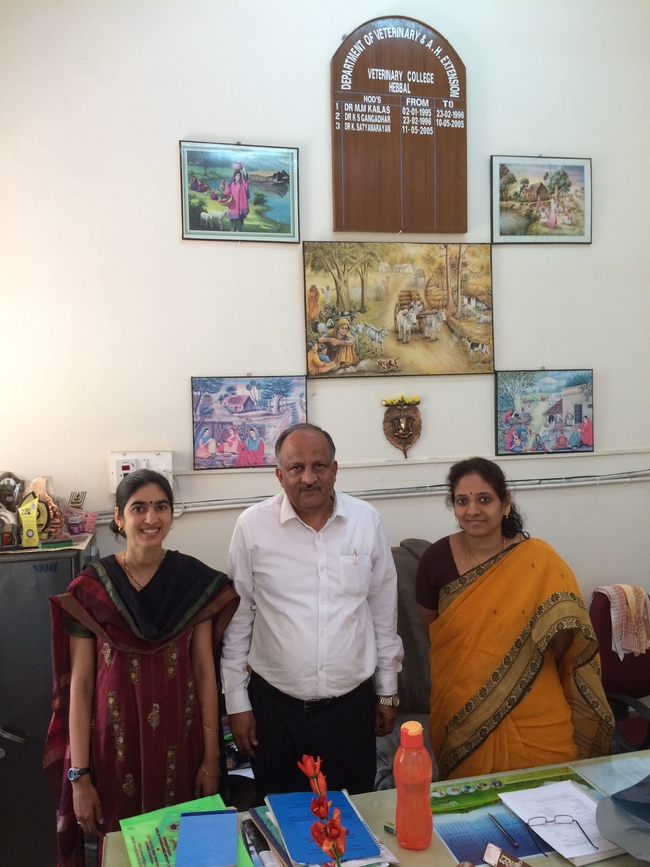
India is a major agricultural producer and small farmers are essential in providing staples like milk, rice and wheat to people inside India and abroad. Indian farmers produce many fruits, vegetables and spices as well. Dairy products are particularly important in India and are used on a daily basis as an ingredient in most dishes.
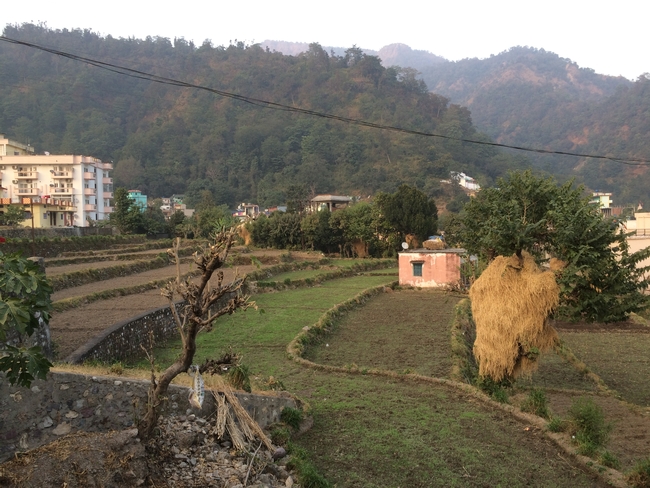
In India, 86% of agricultural producers are small farmers who may have 2-3 acres of land for farming and 2-3 cows or 10-15 sheep. Most crops (70%) are rain-fed. Farmers usually only get 1 crop per year, 2 if they get particularly good rain. In Rishikesh, a city in the northern state of Uttarakhand, it is common to see small wheat fields interspersed with a couple of trees. Farmers use the trees to store hay until later in the season when it is needed by their cattle.
Cattle Breeds
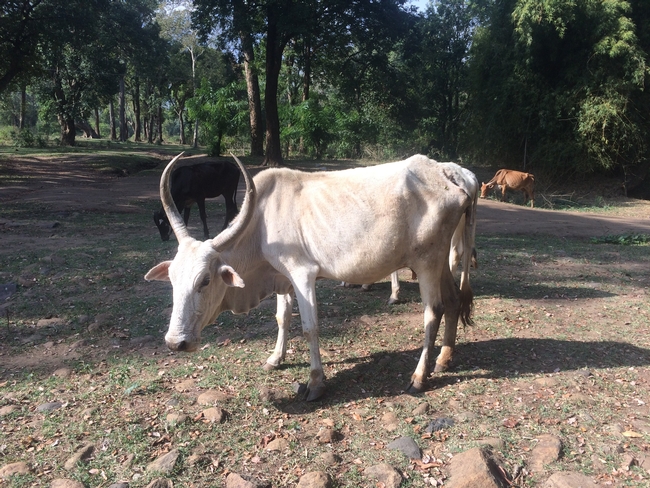
There are 30 breeds of cattle in India. Some are specifically for dairy (sindhi, sahiwal, and gir [or gyr]), others are draft animals used for ploughing fields or pulling bullock carts (Hallikar, Amritmahal, Khillari), and some are dual purpose (Tharparkar, Hariana, Deoni) (TNAU 2017). Because India is a large country with a diversity of climates, different breeds were developed to survive in different parts of the country. National Bureau of Animal Genetic Resources (NBAGR) is interested in understanding and improving genetics of cattle and other livestock breeds in India. For more information, check out their website: http://www.nbagr.res.in/nbagr.html.
Dairy Production
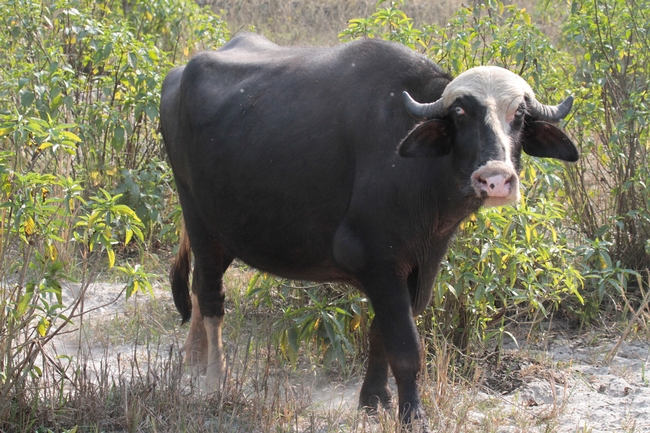
When consuming dairy products in India, you may be consuming cow milk, buffalo milk or even a mix of the two. Labeling does not necessarily distinguish the source.
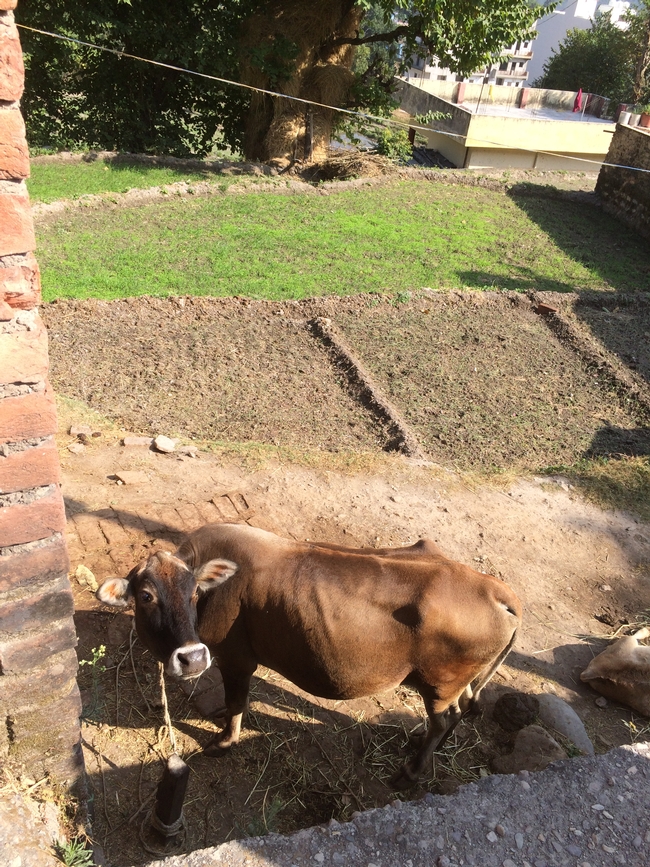
- 40-60% source of energy (from corn usually or any other cereal)
- 30 – 40% cereal byproduct like de-oiled rice bran/rice polish/wheat bran which will supply both energy and protein
- 20-30% oil seed cake especially for high yielding cows and growing heifers
- 2% mineral content (major minerals like calcium, phosphorous, sulfur and magnesium and trace minerals like zinc, copper, manganese, selenium and cobalt)
- 1% common salt which supplies sodium, chlorine and iodine
- If highly proteinaceous leguminous fodder is available, the quantity of concentrate will be reduced. (Every 5 kg [11 lbs] of leguminous green fodder is equivalent to 1kg [2.2 lbs] of concentrates.)
Marketing
Karnataka Milk Federation (KMF) has had a major impact on the dairy industry in the state of Karnataka. It established a 3-tiered cooperative dairy network with the state milk federation at the highest level, then the milk district unions, and the dairy cooperative societies at the village level. More than 2 million dairy producers in Karnataka are affiliated with more than 13,000 dairy cooperative societies. Every village has a cooperative society where producers bring their milk twice a day, every day. These dairy cooperatives are extremely important to poor rural people because if they are involved with the cooperative, they are guaranteed to be paid for their milk. These millions of dairy producers are very small scale, with 2-3 cows. Dairy operations with 200-300 cows or more are considered a very large and are rare. They are usually near cities and do not participate in the cooperative system.
There is a very small market for goat milk in India, which is sold mainly in the cities. Goat milk is sold through private vendors, not through the cooperative system. Although it is a small market, goat milk producers are paid a high price: 90-120 Rupees/liter ($5.08 - $6.77/gallon) for goat milk whereas farmers are paid 30 Rupees/liter ($1.69/gallon) for cow milk.
For additional information about dairy production, check out this great 8-minute KMF Dairy Tour video on YouTube: https://www.youtube.com/watch?v=oZ1ZiGkagaE.
Extension Efforts
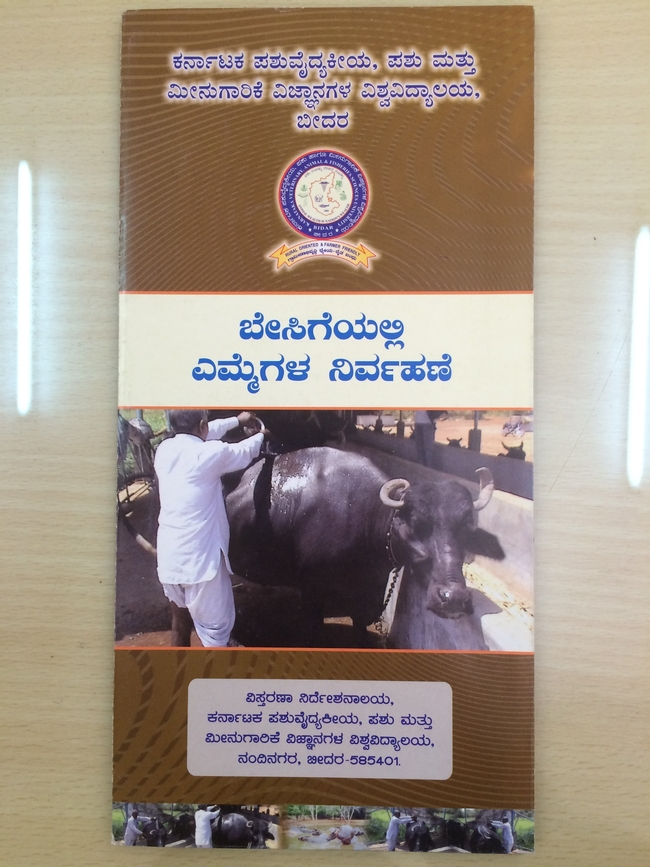
Dairy production is an integral part of India's history, culture and economy. Indians use a lot of dairy products in their cooking, including milk, ghee (clarified butter), curd (yogurt), and lassi (liquid yogurt drink). Millions of very small-scale dairy farmers provide the country with its daily dairy needs for tea, coffee, traditional dishes, and sweets.
References
ABBA (American Brahman Breeders Association). 2017. ABBA History webpage, last accessed January 25, 2017, http://www.brahman.org/about/.
OSU (Oklahoma State University). 2017. Breeds of Livestock - Brahman Cattle webpage, last accessed January 25, 2017, http://www.ansi.okstate.edu/breeds/cattle/brahman/.
TNAU (Tamil Nadu Agricultural University). 2017. Breeds of Cattle and Buffalo webpage, last accessed January 25, 2017, http://agritech.tnau.ac.in/expert_system/cattlebuffalo/Breeds%20of%20cattle%20&%20baffalo.html,
Author - San Benito County Director and Area Livestock and Natural Resources Advisor